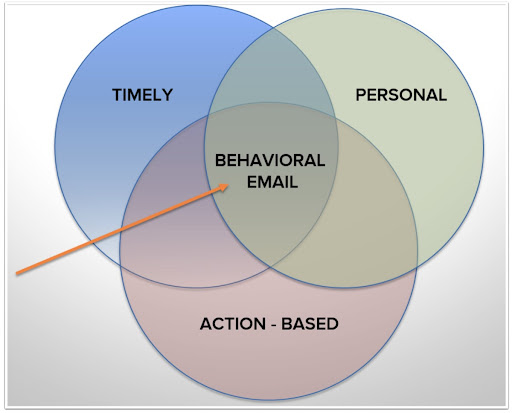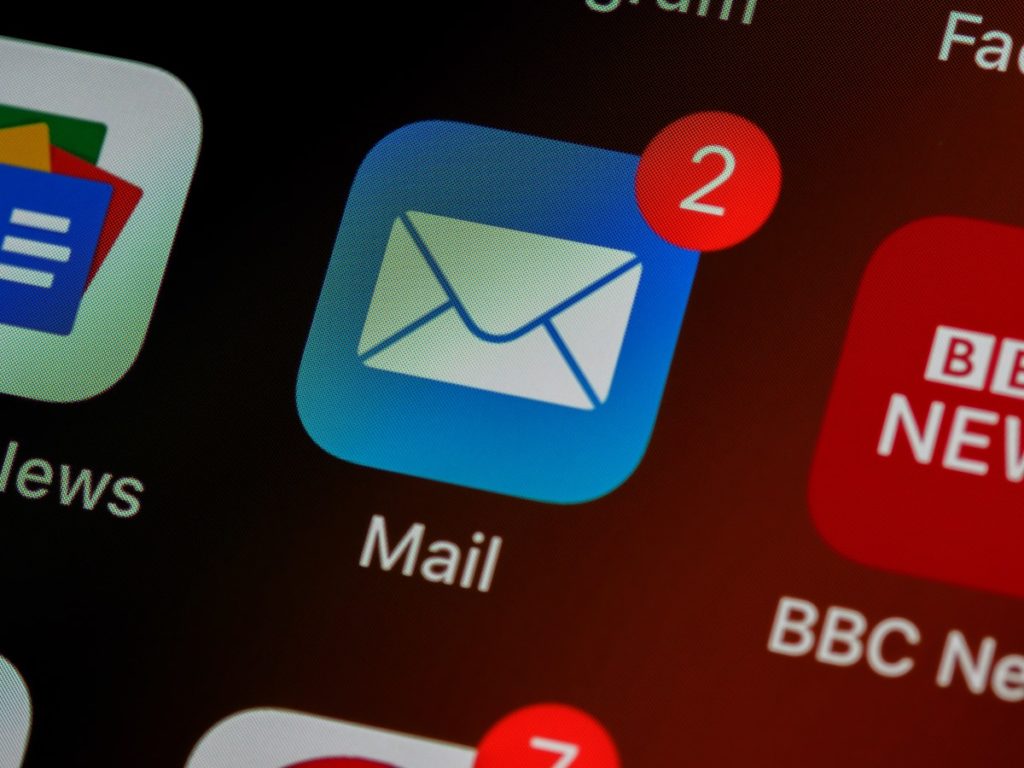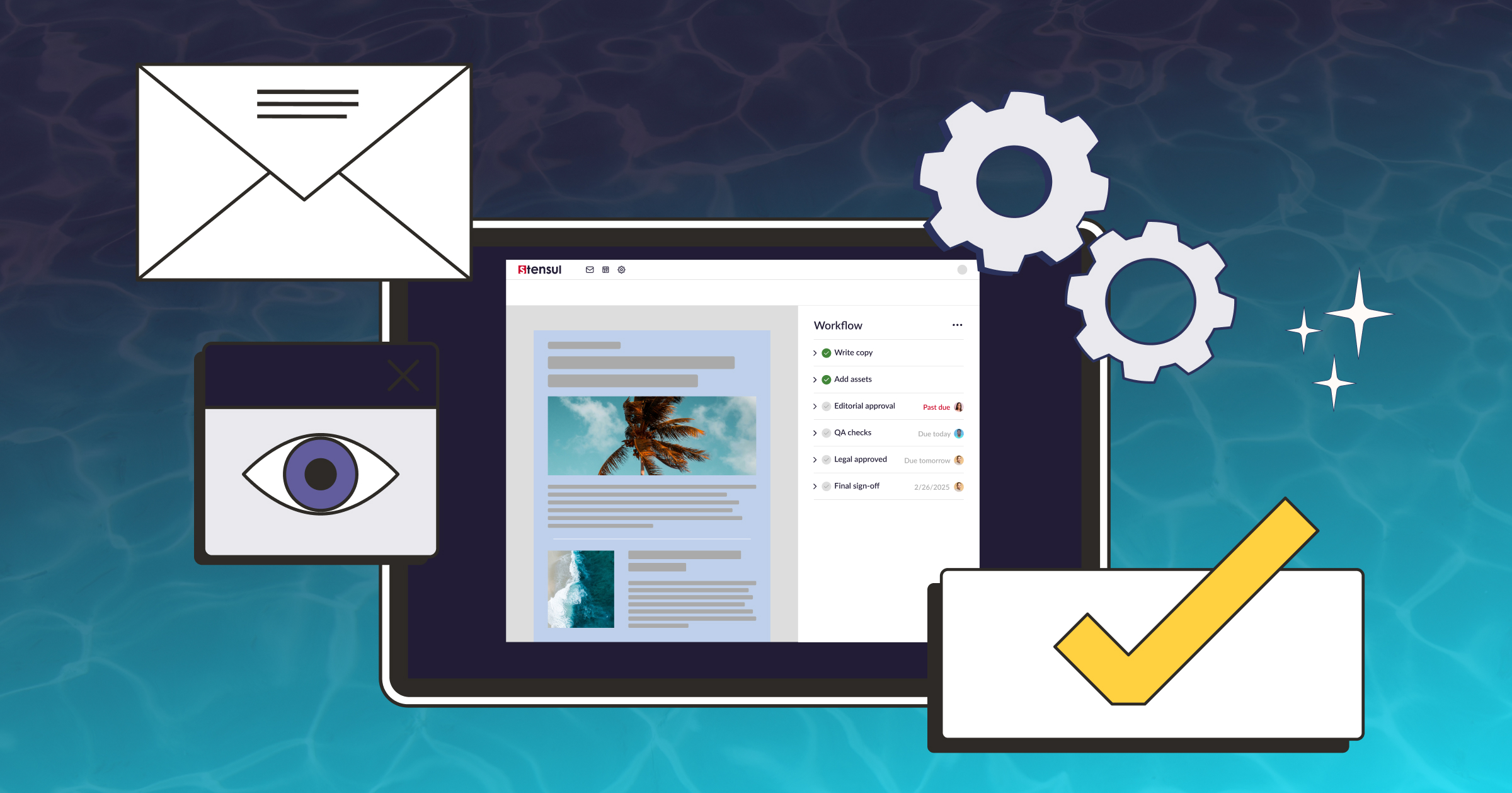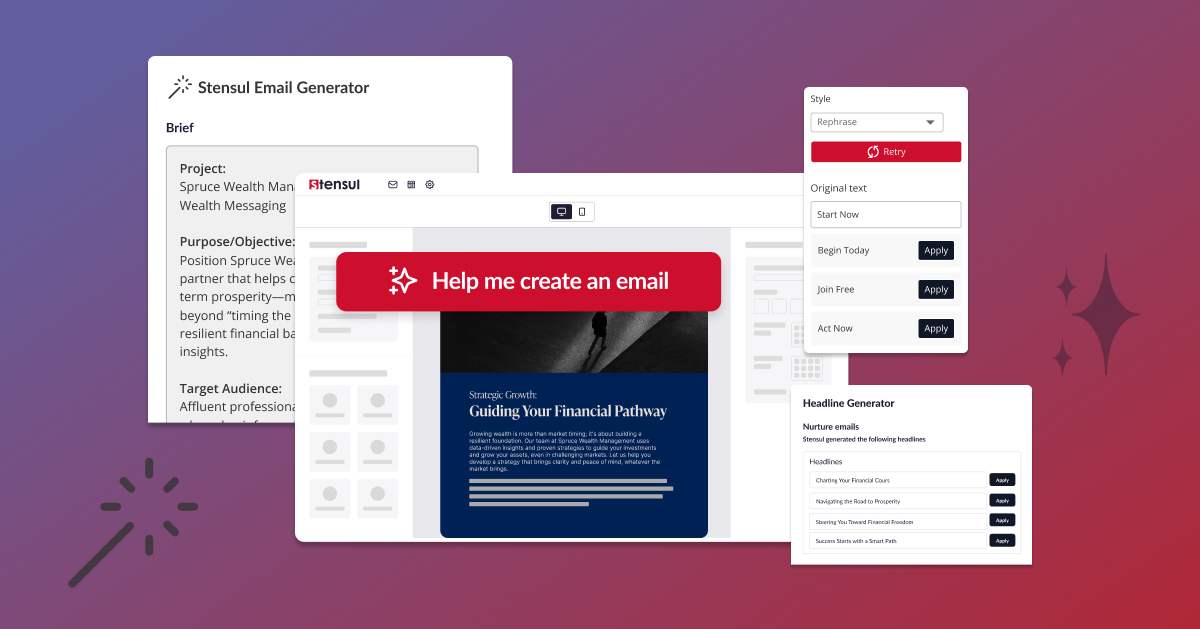According to Neil Patel, up to 30% of email-based revenue comes from emails that were sent as a result of a user’s specific behavior. So if behavioral targeting can yield such dramatic results, why are only 20% of marketers using targeted behavioral email techniques? It comes down to awareness and convenience.
Most marketers are familiar with segmented targeting. In other words, they break down their audience by asking questions related to demographics and psychographics. Who is your ideal audience? What groups do they belong to? What are they interested in? It’s important to ask these questions when deciding who should receive your emails.
But they aren’t very effective when it comes to deciding when to send those emails.

How are you determining your target audience? Are you taking user behavior into account?
Market segmentation is a crucial step for email campaigns, but it only accomplishes so much. To optimize your email campaigns, it’s important to incorporate behavioral email strategies. These will increase email engagement, build your audience’s interest, and boost conversion rates.
What is behavioral email marketing?
Behavioral email marketing increases the effectiveness of campaigns by focusing on your users’ behavioral patterns. Instead of relying on arbitrary cues, behavioral marketing strategies allow marketers to create hyper-specific email campaigns that appeal to their user’s digital behavior.
Responding to consumer behavior
This type of user-focused marketing is successful because it recognizes a customer’s stage in the sales cycle and responds in turn with relevant content. The key here is to create campaigns that respond directly to user conduct.
Where have I seen this type of marketing before?

Sending a user follow-up information immediately after they perform some kind of targeted behavior increases interest and conversion rates dramatically.
Have you ever begun to shop on a store’s site only to get distracted before checking out? If so, you may have received an email reminding you of the items still in your shopping cart.
Perhaps you’ve browsed through a CRM site and downloaded a free eBook? Did you receive promotions for their service in your inbox a few hours later? Were you subsequently invited to attend their next webinar?
Have you ever received a targeted email about a free trial for a streaming service coming to an end? Did the email include promotions for upcoming releases?
These are prime examples of emails triggered by your own personal digital behavior.

Why is behavioral email marketing worth the effort?
It uses customer actions and maximizes the customer’s momentum to push them further along the funnel.
Do they want to know more about your industry? Create and send useful branded content and industry news.
Have they hovered on your purchase page? Have they spent hours on your site? Have they left items in their cart? Send them promotions or running-out-of-stock warnings encouraging them to finalize their purchase.
Respect their time

Keep your emails out of their junk box. Sending targeted emails to leads will keep them interested and increase email deliverability rates.
No one likes having their time wasted. Whether that’s receiving mail offering to sell your home after you have just moved in or picking up sales calls that are meant for a deceased relative, poorly targeted ads are annoying. And they lead to audience members asking to be taken off your email list.
Triggered email campaigns respect your audience’s time by only sending them content they have previously shown interest in.
According to Marketing Dive, 71% of consumers prefer to receive targeted ads. In fact, 46% of consumers reported being excited about receiving fewer irrelevant ads, 25% enjoyed discovering new products that matched their interests, and 19% felt that personalized ads made online shopping a more enjoyable experience.
Be at the right place at the right time
Sending relevant information at the right time can make or break a sale. Send it too early, and your lead will forget about your offer by the time it becomes relevant to them. Send it too late and their dollars will now be going to your competitors.
By sending trigger-based emails, you can reach customers when they’re most interested. This tactic lets you capitalize on each conversion event, like downloading your mobile app, requesting more information, or scheduling a free consultation.
Grow your audience

A larger, more engaged audience drives sales and revenue.
Sending an automated email based on user-focused, valuable data is an effective way to nurture leads. By observing how users interact with your content, you, as an email marketer, can create emails that deepen their interest by sending automated emails with useful, relevant, and valuable information.
When leads are given the ability to engage with content at their own pace, based on their actions, they’re more likely to remain interested in your offerings. This approach gives you more time to push them towards a conversion.
Boost revenue
Segmentation based on both a user’s behavior and the timing of their actions is the most personalized and effective way to connect with users. It increases customer loyalty and improves lead nurturing. What does all this mean for you? It means a boost in revenue.
How does behavioral email marketing fit into my digital strategy?
Behavioral email marketing can easily fit into a digital marketing strategy that spans multiple digital channels.
For example, when leads reach your website by clicking on an Instagram ad’s link, you know they’re interested in your product and visual messaging. Based on this action and knowledge, you can send your recent website visitors emails offering promotions or showing off similar products to the ones featured on the ad.
Although you can use other means to boost the effectiveness of your campaigns, you can also use targeted emails to drive traffic to your respective channels. A simple example is to encourage your newsletter subscribers to follow you on Facebook and Instagram. Doing so will allow you to grow your social media presence and engage with consumers at the same time. You can also do the same thing with site visitors.
How can I implement behavioral email marketing?
Documented customer conducts are key to crafting successful behavioral email campaigns. You’ll want data from your website activity, social media pages, and other consumer touchpoints.
Build your database by combining behavioral and demographic data. Behavioral data includes actions your leads have taken, such as the date they last visited your website, their most recent purchase, and when they last opened your messages.
Demographic data tells you “who” your leads are. This type of data includes markers such as age, location, company size, and interests.
For more ideas about which behavioral and demographic data to track, check out HubSpot’s article on contact properties.
What will make my triggered emails successful?
Make sure your marketing and sales teams are on the same page when it comes to determining the stages of your funnel and how they relate to customer actions.
What are the behaviors new customers exhibit? What are the behaviors a customer makes when they’re ready to purchase?
When do I send targeted emails to potential customers?
Maximize response rates with this powerful strategy: Reach out during critical customer moments with triggered-based emails.
These deciding moments are when your messaging is most likely to influence customers who are at a critical point where they will either become more interested in your company or fall off the funnel entirely. For example, reach out after a lead signs up for a newsletter, when a shopper abandons items in their cart, and before they’re about to complete registration. Be sure to respond quickly and address the action they’ve taken. This effective tactic can dramatically increase revenue.
Stages of behavioral email marketing
SendPulse breaks down behavioral emails into five stages:
- Onboarding
- Educating
- Capturing attention
- Reminding
- Obtaining feedback
Each stage has unique triggers and requires personalized messaging.
Onboarding—During onboarding, a well-crafted welcoming email will set you apart from companies that only send a standard confirmation email. Use this as an opportunity to invite your lead to become more involved with your brand. Do you have an eBook or YouTube channel for them to check out? Do you post deals on your Instagram page? Let them know!
Educating—Educating your audience is a fantastic way to keep the conversation going. They were interested enough to sign up for your emails, so don’t be shy—share industry updates. Also, if you have educational materials such as a LinkedIn webinar coming up, be sure to invite them.

Free educational materials such as ebooks and webinars are great ways to build interest with your audience.
Capturing attention—Now that you have nurtured your lead, how do you go from educating them to guiding a purchasing decision? Grab their attention with current promotions and recent success stories to encourage conversions. Customers will show they’re ready to consider a purchase when they take actions like visiting your services page.
Reminding—Remind your customers when your company or relationship with them is about to change. Are you retiring a product? Is their free trial coming to an end? These are great opportunities to rekindle a dialogue with leads, so take advantage of them.
Obtaining feedback—After your lead turns into a customer is a perfect time to request feedback. Following up has two benefits. The first is that you can use positive feedback to promote your products. The second is that writing a review will remind your customer of their positive experience, so they will be more likely to become a repeat customer.
Pay close attention to the behaviors that signal these different stages so you can capitalize on the advantages of each one.
Services that automate your behavioral email
Blueshift offers CRM integration, automated targeted emails, and cross-tracking of data across multiple platforms. The company has worked with large organizations such as AmeriLife and Discovery and has the capacity to handle the complex data sets of big businesses.
Keap also offers data compilation across multiple channels. The company integrates them with your CRM to run targeted and triggered campaigns. Keap brands itself as the ideal solution for small business owners that want an automated marketing system so they can get back to running their business.
Putting it all together

Behavioral email marketing responds to qualifying actions taken by leads in a timely manner. This approach makes your messaging feel more personalized, increasing the chances of the relationship lasting.
Upgrading campaigns to incorporate behavioral email marketing involves an investment, but the results are well worth it. You will find that having triggered contacts with your audience at critical moments will foster lead nurturing, increase conversion rates, and reduce lost revenue.
As you continue to use behavioral targeting, adjust your targeting methods based on how well your messages are received. Does your messaging match the lead-funnel-stage your customers are at? Are they engaging with your content and moving along your sales funnel? Are your messages being opened at high rates? Do leads convert to customers?
The more you can target your leads’ preferences, the more responsive they’ll be.




